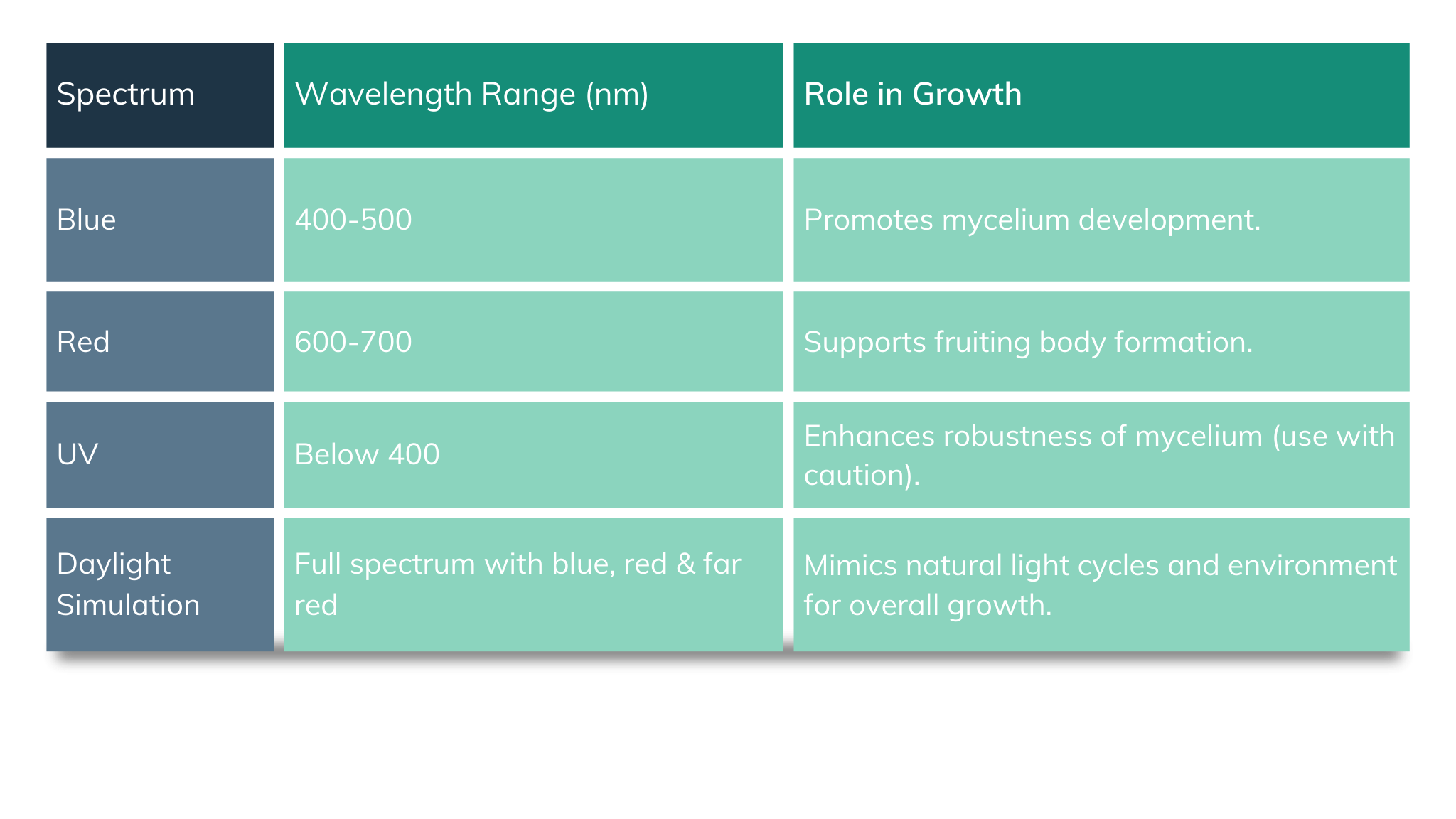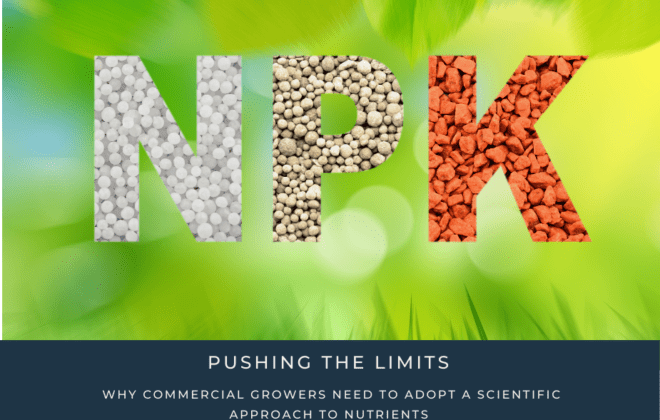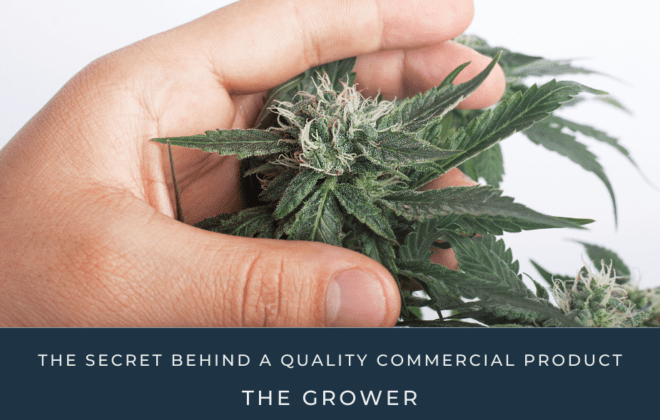
Commercializing Morel Mushrooms: The Intricacies of Indoor Growth
Morel Mushrooms are known for their signature cone-shaped lattice cap and nutty gourmet appeal. Cultivating this prized mushroom indoors has been quite challenging and almost impossible to master due to its quirky life cycle. As a result, the inclusion of earthy Morel Mushrooms in cuisine relies heavily on foraging during the fungi’s limited spring season. Although outdoor morels can be plentiful, they are difficult to locate and harvest in sufficient quantities, prompting efforts to cultivate them indoors and outdoors due to their high culinary demand.
The Business of Growing Morels Indoors: Is There Money in Mushrooms?

Contrary to popular belief, cultivating morels indoors isn’t impossible.
Advancements in technology and continued research are leading the way to the reality of commercial cultivation of morels. Newer developments allow for more reliable quantities of morel mushrooms with the cost of production similar to that of a simple white button mushroom
The commercialization of morel mushroom cultivation presents significant opportunities for the CEA (Controlled Environment Agriculture) industry.
Morels are known to have a high value due to their rarity and culinary appeal. In Western North America, the annual commercial value of morels ranges between $5 and $10 million, highlighting their significance as a forest product. Despite the challenges of cultivation, wild-collected morels often surpass cultivated ones in most markets. As of 2007, major exporters of dried morels included India, Pakistan, Turkey, Nepal, Bhutan, the U.S., Canada, and China, with Europe being the largest importer. (Hortigen Insights).

There is a growing consumer interest for exotic and high-quality products, including mushrooms, in both restaurants and home kitchens. According to the Specialty Food Association’s “State of the Specialty Food Industry” report, this trend reflects a growing preference for unique and gourmet ingredients among consumers. Market research firms like Mintel and Euromonitor International also highlight the increasing popularity of exotic mushrooms, indicating a significant shift in culinary preferences towards adventurous and premium dining experiences.
According to industry insights from the American Mushroom Institute, cultivating morels indoors can provide a consistent and reliable harvest year-round. Leading to supply chain stability year-round and reducing reliance on seasonal foraging and wild harvests. This method not only stabilizes the mushroom supply chain but also supports sustainable farming practices by minimizing environmental impact and optimizing resource efficiency.
If you are willing to take on the technical complexity and initial investment of cultivating morel mushrooms, there is a market opportunity ready to be seized.
Morel Mysteries: The Intricacies of Indoor Growth

Cultivating morel mushrooms indoors or in greenhouses is nothing short of a mystery. Morels thrive in dim environments, so they are traditionally farmed in Chinese forests and farmlands. Successful cultivation of morel mushrooms in a greenhouse requires meticulous soil preparation to maintain optimal moisture levels, effective predator management to control slugs and ensure proper water use, and precise environmental simulation to replicate forest-like conditions with reduced light and higher humidity, mimicking the natural understory where morels thrive. Greenhouses should also be equipped with high-diffusing, UV-protected films or shading nets to control light exposure, maintaining the required stable balance of temperature and humidity.
So, can we dance around the delicate balance of cultivating these elusive fungi and make a case for commercial cultivation indoors?
Twin scientists, Jacob and Karsten Kirk, have proven we can! They have dedicated their studies to The Danish Morel Project and are well on their way to refining the process. The Danish Morel Project is dedicated to creating a method for professional cultivation of Black Morel Mushrooms (Morchella conica/elata complex) indoors and they have found incredible success.
See the incredible results here:
Shade & Spectrums: The Role of Lighting in Mushroom Cultivation
As with most crops, light plays a pivotal role in the growth and development of morel mushrooms. Different wavelengths within the light spectrum can have varying effects on the growth stages of these fungi. Morel mushrooms benefit from a light cycle that closely mimics natural daylight. This involves a balance of blue and red light, along with periods of darkness to replicate natural day-night cycles. Creating an environment that simulates the natural light conditions can significantly enhance the overall growth and yield of morel mushrooms.
To aid in the understanding of the ideal light spectrums for morel mushrooms and their stages of growth, take a look at the summary table below.

Indoor and greenhouse farming of morel mushrooms requires careful consideration of the light spectrum to ensure successful commercial cultivation. By understanding and applying the appropriate wavelengths of blue, red, far red and UV, growers can optimize their environments for the best possible results. Balancing these light sources to mimic natural daylight in the understory environment where morels thrive, further enhances the growth and yield of these prized mushrooms indoors.
Commercializing morel mushrooms is not only a possibility, but a reality that will significantly benefit the CEA industry.
For more detailed information on the cultivation of morels, including case studies and technological innovations, visit the Horti-Gen Insights article or The Danish Morel Project.




